Ronnie Coleman, one of the most iconic figures in bodybuilding, is no stranger to the competitive stage.
With a career that saw him dominate the sport in the late 1990s and early 2000s, earning eight consecutive Mr. Olympia titles, Ronnie Coleman left an indelible mark on bodybuilding history.
His unparalleled physique, work ethic, and consistency in the Men’s Open division established him as the “King” of bodybuilding.
But what’s even more surprising is that Ronnie Coleman claims he is more popular now in retirement than he was during his reign at the top.
In a recent Instagram post on August 22, 2024, Ronnie Coleman reflected on the impact of social media on bodybuilding and how it has changed the landscape of the sport.
From earning a living solely through competition to becoming a social media powerhouse, Ronnie Coleman’s insights offer a fascinating glimpse into the evolution of bodybuilding and the athletes who participate in it.
The Rise of Ronnie Coleman: A Legacy of Dominance
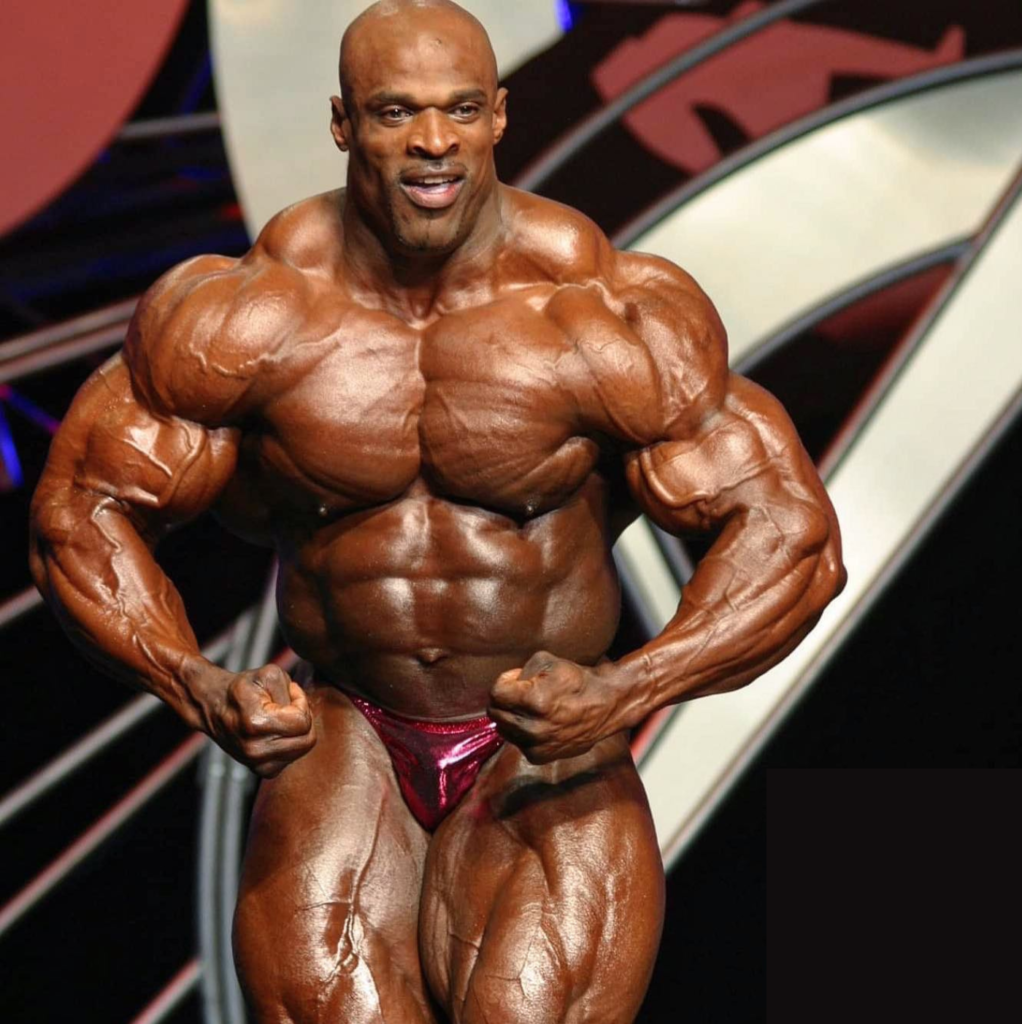
Ronnie Coleman’s competitive career is nothing short of legendary. Rising to prominence in the late 1990s, Ronnie Coleman quickly established himself as a force to be reckoned with.
His unique combination of size, conditioning, and symmetry allowed him to outshine other elite competitors like Jay Cutler and Flex Wheeler.
Ronnie Coleman’s physique set the standard for what it meant to be an elite bodybuilder and his eight consecutive Mr.
Olympia’s wins from 1998 to 2005 solidified his place as one of the greatest bodybuilders of all time.
During his reign, Ronnie Coleman’s focus was entirely on bodybuilding. Competing and maintaining peak conditioning was the only way to earn a substantial income.
Without the luxury of social media, Ronnie Coleman and his contemporaries had to rely on prize money from competitions, sponsorships, and guest posing opportunities to make a living.
This meant that bodybuilders had to stay in competitive shape year-round, as the demand for their appearance at shows and exhibitions was a primary source of income.
“I used to do 10-12 shows a year just to make a living,” Ronnie Coleman shared in his Instagram post. “Back then, we didn’t have social media, so we had to step on stage to get paid. It was a different time, and competition was fierce.”
The Evolution of Bodybuilding: How Social Media Has Changed the Game

Fast forward to 2024, and the bodybuilding landscape looks drastically different.
Social media has become a dominant force in the sport, giving bodybuilders a platform to promote themselves, build their brand, and connect with fans worldwide.
The advent of platforms like Instagram, YouTube, and TikTok has revolutionized the way athletes engage with their audience, and Ronnie Coleman has fully embraced this new era.
In his recent post, Ronnie Coleman noted the impact of social media on today’s bodybuilders. “Back when I was competing, there was no social media, and we made our money by competing.
You had to be in great condition because everyone was competing for the top spot where all the money was.”
With social media, athletes no longer need to rely solely on competitions to earn an income.
Today’s bodybuilders can make a living through brand deals, endorsements, and content creation.
Ronnie Coleman emphasized how social media provides modern bodybuilders with a more diverse range of revenue streams, allowing them to focus on personal branding while competing less frequently.
“They have more sources of income than we did because of social media,” Ronnie Coleman said. “We basically made our money from stepping on stage and being in great shape. Guest posing was there, but it wasn’t what it is now.”
Ronnie Coleman’s Popularity in the Social Media Era
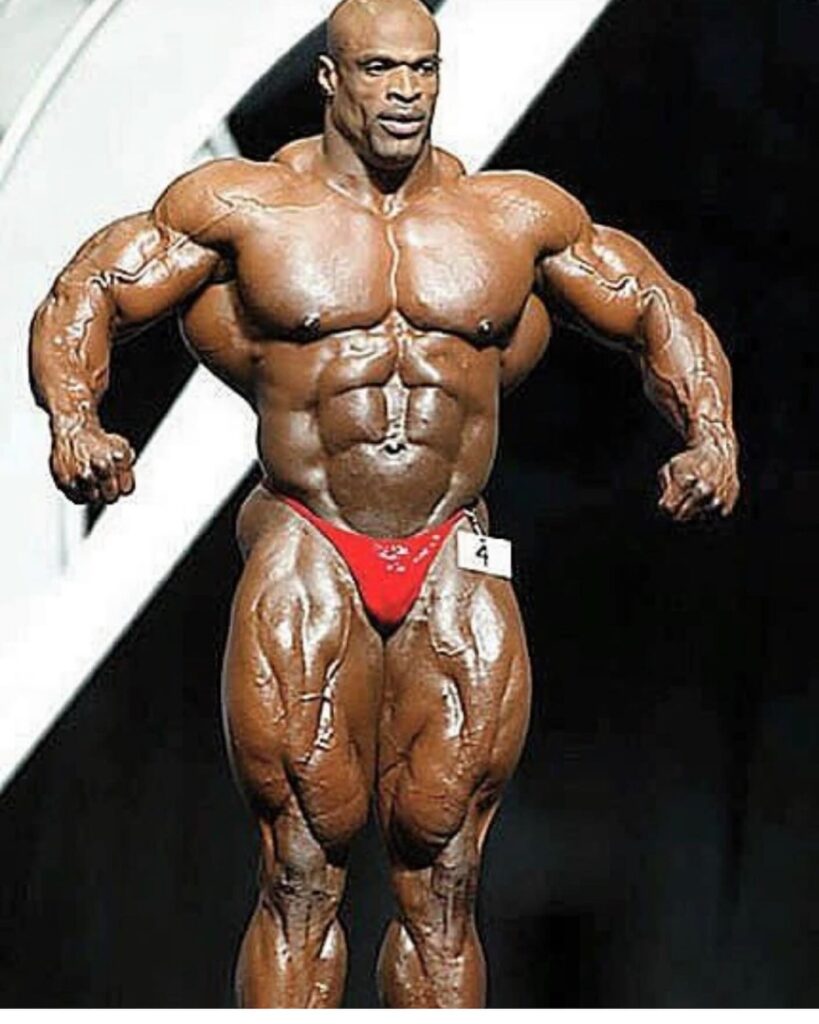
What’s perhaps most intriguing about Ronnie Coleman’s reflection on social media is his revelation that he’s more popular now than he was during his competitive career.
Despite being a retired athlete, Ronnie Coleman has successfully harnessed the power of social media to maintain and even grow his fanbase.
“I’m more popular now than I was when I was winning the Olympia because of social media,” Ronnie Coleman shared. “I’m more busy now than when I was Mr. eight-time Mr. Olympia, right in the thick of it, winning all those titles.”
Ronnie Coleman’s social media presence is indeed impressive. With over two million subscribers on YouTube, he provides content for his fans, ranging from workout tips and health updates to critiques of popular fitness influencers’ routines.
His YouTube channel has become a go-to destination for bodybuilding enthusiasts who want to learn from the legend himself.
By sharing his journey, insights, and experiences, Ronnie Coleman has stayed relevant in an industry that often shifts its focus to the latest stars.
His transparency and willingness to engage with fans have only deepened his connection with his audience, cementing his status as a beloved figure in the fitness community.
The Challenges of the Pre-Social Media Era
While Ronnie Coleman has thrived in the age of social media, he is quick to acknowledge the challenges of his time as a competitor.
Without the instant access to audiences that social media provides, bodybuilders in the late 1990s and early 2000s had to put in grueling amounts of work to stay financially afloat.
“We didn’t have social media where we could go out and just do certain things and get money from YouTube, Instagram, and all these other ways you got of making money,” Ronnie Coleman explained.
For Ronnie Coleman, this meant competing frequently and traveling extensively. “There were times when I would do, in a year, seven shows on the tour. I did the Olympia, I did the Grand Prix shows, and there were sometimes that I did 10-12 shows a year. It’s a lot of shows.”
In addition to the physical toll of competing so often, Ronnie Coleman also faced the challenges of international travel.
During tours in Europe, bodybuilders like Ronnie Coleman couldn’t bring their own food due to international restrictions.
As a result, they had to rely on local cuisine, making it more difficult to stick to their carefully crafted diets.
“We did seven shows in 11 days on the European tour,” Ronnie Coleman said. “You can’t bring food over into a foreign country because of the dangers of infections, so you have to rely on their food.”
Despite these challenges, Ronnie Coleman maintained his status as the top bodybuilder in the world, a testament to his unmatched work ethic and dedication.
Ronnie Coleman’s Legacy: A Lasting Impact on Bodybuilding
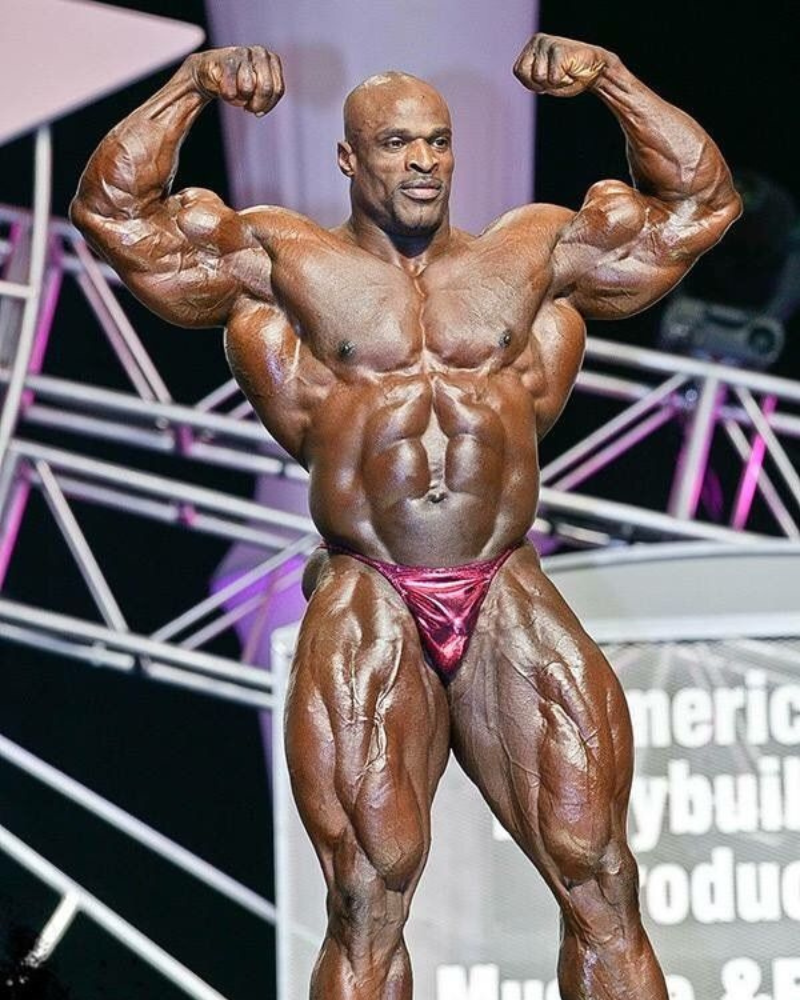
Ronnie Coleman’s legacy extends far beyond his competitive achievements.
His contributions to the sport have inspired generations of bodybuilders, and his influence can still be felt today.
In recognition of his impact, Ronnie Coleman has received numerous accolades in his retirement.
In 2021, he was honored with the Arnold Classic Lifetime Achievement Award, a prestigious recognition of his contributions to the sport.
More recently, in 2024, Ronnie Coleman received the Ben Weider Lifetime Achievement Award, further cementing his place as a legend in the bodybuilding world.
But perhaps the most significant aspect of Ronnie Coleman’s legacy is his ability to adapt and thrive in the modern era of social media.
By embracing platforms like YouTube and Instagram, Ronnie Coleman has continued to inspire and educate bodybuilders around the world, ensuring that his influence will be felt for years to come.
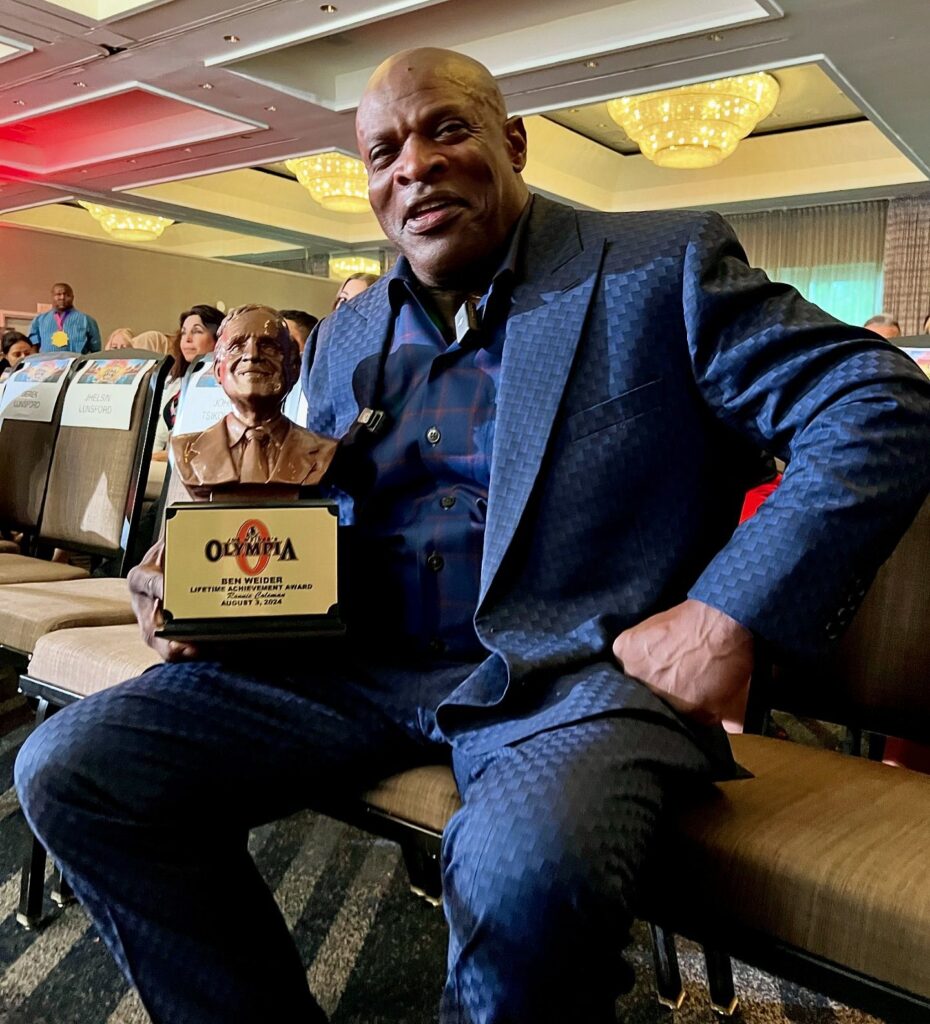
Social Media and the Future of Bodybuilding
As social media continues to reshape the fitness industry, it’s clear that the sport of bodybuilding will never be the same.
Platforms like Instagram and YouTube have given athletes the tools to build their brands, engage with fans, and create multiple income streams.
This shift has made the sport more accessible to a wider audience and provided modern bodybuilders with opportunities that Ronnie Coleman and his peers could have only dreamed of during their competitive days.
While the era of competing solely for prize money may be over, the future of bodybuilding looks bright.
Athletes now have the chance to connect with their fans on a personal level, share their knowledge, and create lasting careers that extend far beyond the competition stage.
For legends like Ronnie Coleman, social media has provided an unexpected opportunity to reach new heights of popularity and influence.
While his days of dominating the Olympia stage may be behind him, Ronnie Coleman’s impact on the sport is as strong as ever, and his journey in the world of bodybuilding is far from over.
Conclusion: Ronnie Coleman, The King of Bodybuilding and Social Media
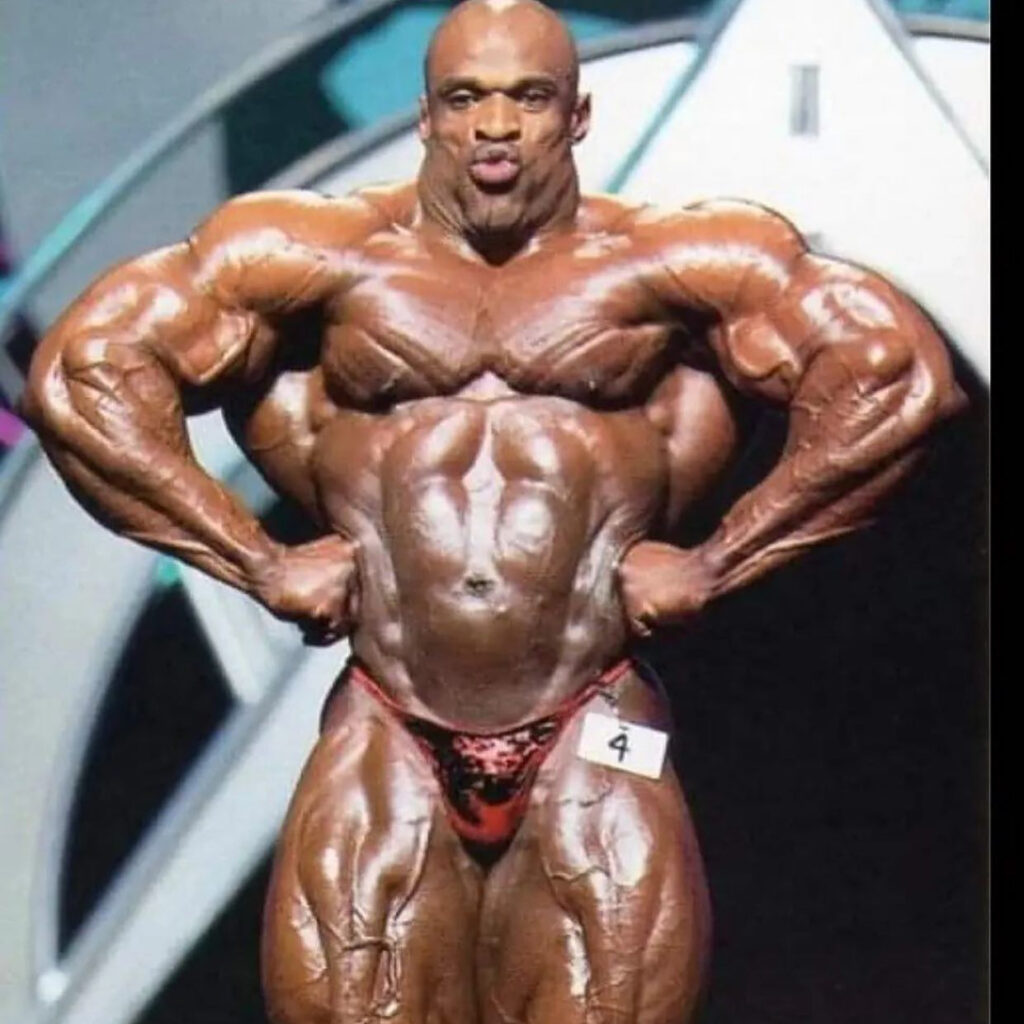
Ronnie Coleman’s journey from eight-time Mr. Olympia champion to social media icon is a testament to his ability to adapt and evolve in a rapidly changing world.
While bodybuilding has changed significantly since his competitive days, Ronnie Coleman has embraced these changes and used them to his advantage.
Social media has provided Ronnie Coleman with a platform to stay connected with his fans, share his wisdom, and continue to inspire new generations of athletes.
As he navigates this new era, it’s clear that Ronnie Coleman’s influence on the sport of bodybuilding is only growing stronger.
In the end, Ronnie Coleman may have left the competition stage, but he remains at the top of his game, both as a bodybuilding legend and as a social media powerhouse.
His journey is a reminder that greatness transcends the stage, and his legacy will continue to inspire for years to come.
